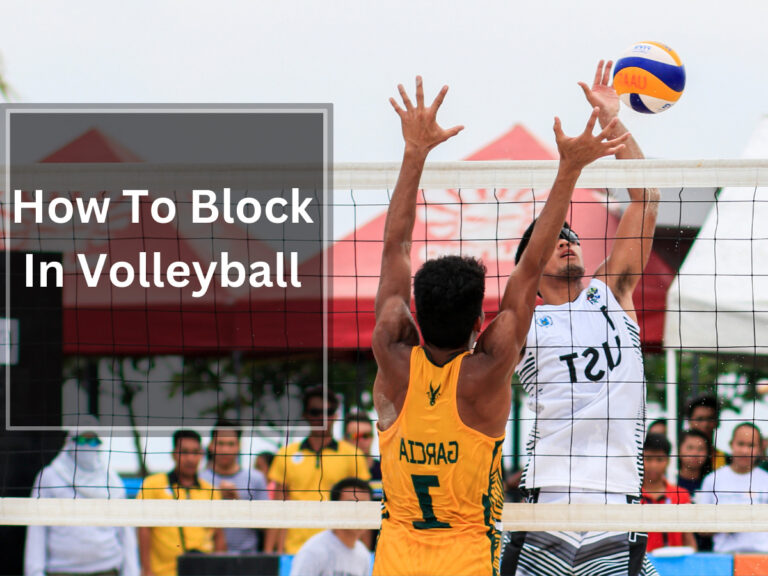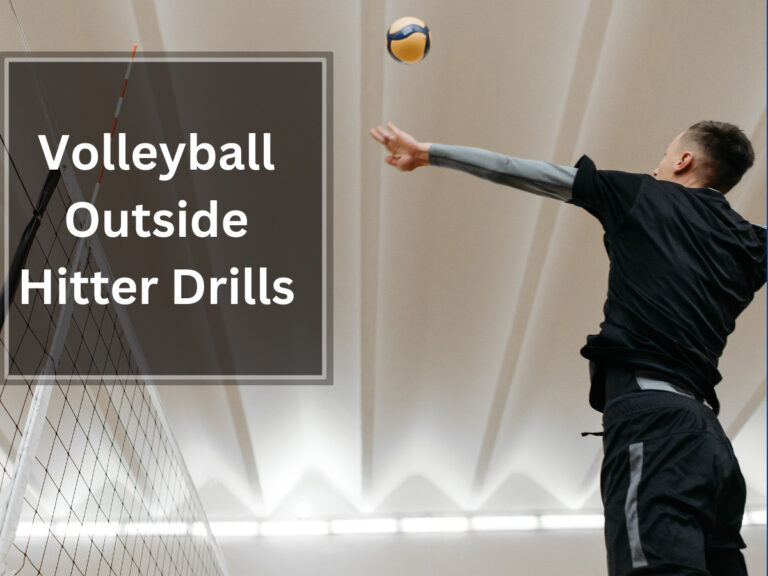How Many Sets Are in High School Volleyball

Hey there, volleyball enthusiast! Ever wonder just how many sets are played in a high school volleyball match? Well, you’re in luck!
In this article, we’ll dive into the exciting world of high school volleyball and explore the structure and dynamics of these matches. Whether you’re a player or simply a fan of the sport, understanding the number of sets and how they contribute to the game will give you a deeper appreciation for the skill and strategy involved.
So, let’s get started on this journey to freedom on the volleyball court!
Table of Contents
Understanding the Basic Structure of High School Volleyball Matches
In high school volleyball matches, you’ll typically play three sets, with the first two sets being played to 25 points and the third set to 15 points.
Teamwork is of utmost importance in high school volleyball. Players must work together seamlessly to achieve success on the court.
One key skill for successful setting in high school volleyball is accuracy. Setters must have precise control over their passes to ensure that their teammates can make effective hits.
Coaching strategies also play a significant role in high school volleyball sets. Coaches must implement game plans that maximize their team’s strengths and exploit their opponents’ weaknesses.
It is crucial for players to avoid common mistakes such as mishitting or improper footwork during sets.
Effective communication is also vital during high school volleyball sets, as it helps players coordinate their movements and make split-second decisions on the court.
The Role of Sets in High School Volleyball
When playing at the high school level, you’ll typically engage in three sets to determine the winner of a volleyball match. In high school volleyball, sets play a crucial role in determining the outcome of the game. Here are some key points to understand about sets in high school volleyball:
Importance of teamwork:
Sets require effective teamwork and communication among players.
Players must work together to execute successful plays and strategies.
Role of the setter:
The setter plays a vital role in setting up offensive opportunities for their teammates.
They are responsible for accurately delivering the ball to attackers for them to score points.
Defensive strategies:
Teams must employ various defensive strategies such as blocking, digging, and covering.
These strategies aim to prevent opponents from scoring and regain control of the ball.
Offensive strategies:
Teams use offensive strategies like spiking, tipping, and setting to score points.
Constantly changing tactics keeps opponents guessing and increases the chances of success.
The impact of coaching on set performance:
Effective coaching is essential in developing strong set performance.
Coaches provide guidance on technique, strategy, and decision-making during sets.
Understanding these aspects of sets in high school volleyball can enhance your appreciation for the game’s dynamics while highlighting the importance of teamwork, strategic thinking, and coaching influence.
How Many Sets Are Played in a High School Volleyball Match
Typically, a high school volleyball match consists of three sets. Each set is played to 25 points, except for the third set which is played to 15 points. However, there can be variations in the number of sets played depending on the league and governing body. Some high school teams may play five sets instead of three.
The duration of each set can vary depending on the level of play and match format. Sets in indoor matches can take anywhere from 60 to 90 minutes. Different types of sets are used in volleyball, such as the back set, pipe set, and quick set. These different types allow for strategic plays and adaptability during games.
In addition, the decider set holds significant importance as it determines the winner if both teams have won two sets each. The impact of match format also affects the duration and intensity of a high school volleyball game.
Keywords: duration of sets, variations in scoring, types of sets, importance of decider set, impact of match format
Exploring the Scoring System of High School Volleyball Sets
The scoring system in high school volleyball matches typically involves playing sets to a certain number of points. The analysis of the scoring system reveals the impact of set length, tiebreaker rules, the importance of the decider set, and set format variations.
Set Length: Sets in high school volleyball are usually played to 25 points, except for the final set which is played to 15 points. This set length allows for a fair and competitive game.
Tiebreaker Rules: If both teams are tied at 2-2 after four sets, a fifth and final set is played to determine the winner. This adds excitement and suspense to the match.
Importance of Decider Set: The decider set is crucial as it determines the overall winner of the match. It puts pressure on both teams to perform their best and showcase their skills.
Set Format Variations: While most high school volleyball matches consist of five sets, some leagues or governing bodies may have different formats such as three or four sets. These variations offer flexibility and accommodate different levels of competition.
Understanding these aspects of the scoring system enhances your appreciation for high school volleyball matches by providing insight into how each point contributes to victory and how different formats can influence gameplay strategies.
Factors That Determine the Number of Sets in High School Volleyball
To determine the number of sets in a high school volleyball match, you should consider factors such as league rules and governing body regulations. These factors play a crucial role in determining how many sets will be played during a match.
In some leagues, high school volleyball matches consist of three sets, while others may have five sets. The importance of these factors lies in ensuring fairness and maintaining consistency across different competitions.
Additionally, the duration of each set can vary depending on the level of play and match format. Understanding these variations is essential for teams to develop effective strategies and adapt their gameplay accordingly.
Strategies for Winning Sets in High School Volleyball Matches
When strategizing to win sets in a high school volleyball match, focus on maintaining consistent communication and executing precise plays. Effective setting techniques can greatly impact the outcome of a set. Ensure that your setters have strong hand positioning, proper footwork, and accurate placement to maximize offensive opportunities.
Defensive strategies are crucial for preventing the opposing team from scoring points. Encourage your players to stay low, move quickly, and anticipate the hitter’s movements to make successful digs and blocks.
Offensive strategies involve utilizing various attacking options such as spikes, tips, and dumps to keep the opposing team off balance. Serving tactics play a vital role in gaining an advantage over the opponent by targeting weak passers or exploiting gaps in their defense.
Lastly, effective blocking strategies can disrupt the opposing team’s offense by closing off hitting angles and forcing errors. By implementing these strategies, you can increase your chances of winning sets in high school volleyball matches.
Frequently Asked Questions
What Are the Different Types of Sets Used in High School Volleyball?
In high school volleyball, there are different types of sets used. These include the back set, pipe set, and quick set. Each set technique has its own strategy and is used to create different attacking opportunities for the team.
How Long Does a Typical Set in High School Volleyball Last?
A typical set in high school volleyball lasts around 3-5 minutes. However, the duration can vary depending on factors like timeouts and gameplay intensity. So, the time taken for a set has some variability.
Are There Any Specific Rules Regarding the Duration of Sets in High School Volleyball?
In high school volleyball, there are no specific rules regarding the duration of sets. The length can vary depending on factors such as timeouts, substitutions, and gameplay intensity. Different leagues may also have variations in the number of sets played.
Can the Number of Sets Played in High School Volleyball Vary From League to League?
Yes, the number of sets played in high school volleyball can vary from league to league. The scoring system, set format, time limits, tiebreaker rules, and variations in league regulations all contribute to this variability.
What Are Some Key Factors That Can Influence the Length of a Volleyball Game?
Factors such as injury impact, skill level, referee decisions, team strategy, and player fatigue can all influence the length of a volleyball game. These variables contribute to the rhythm and flow of the match.










